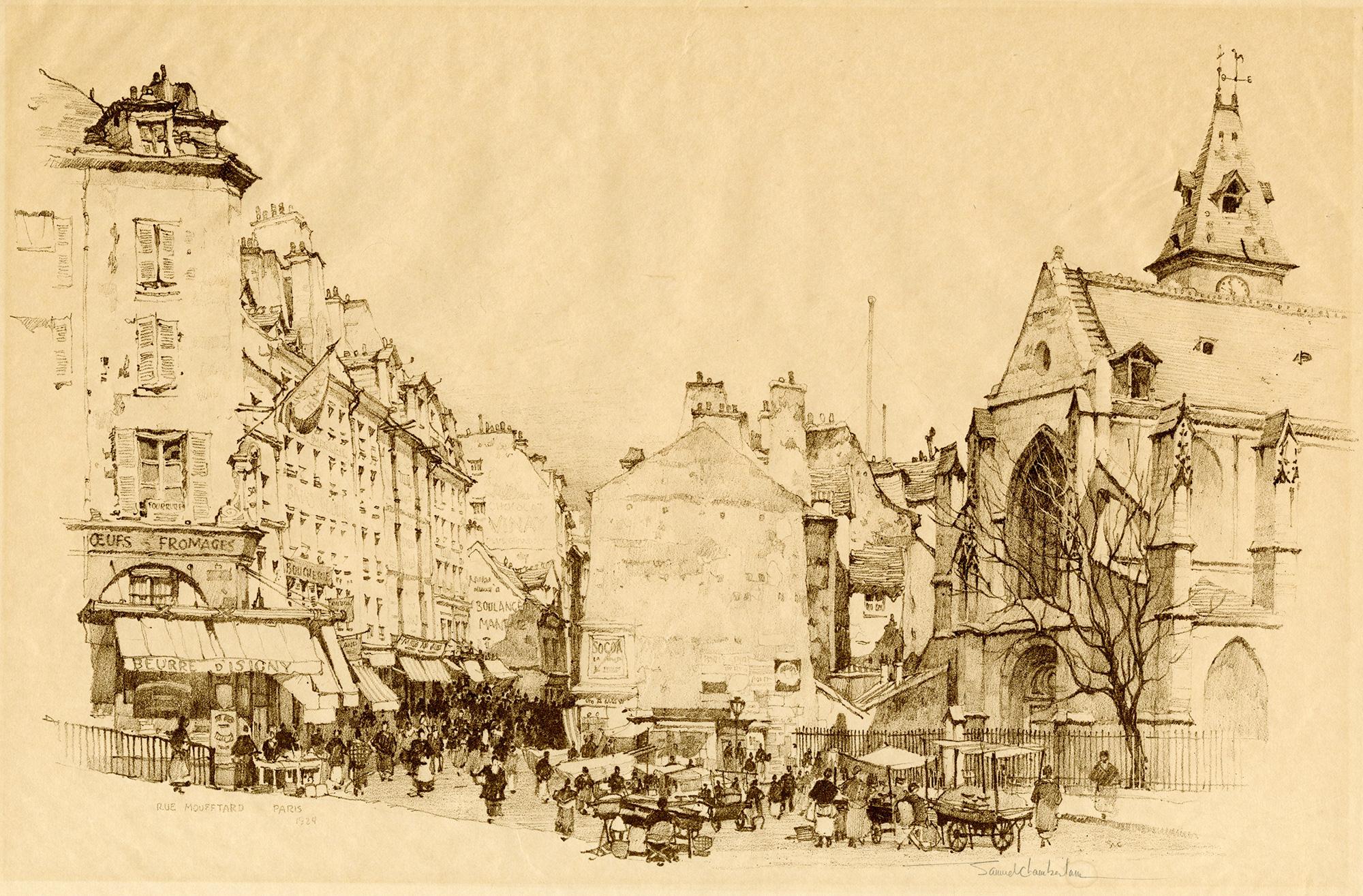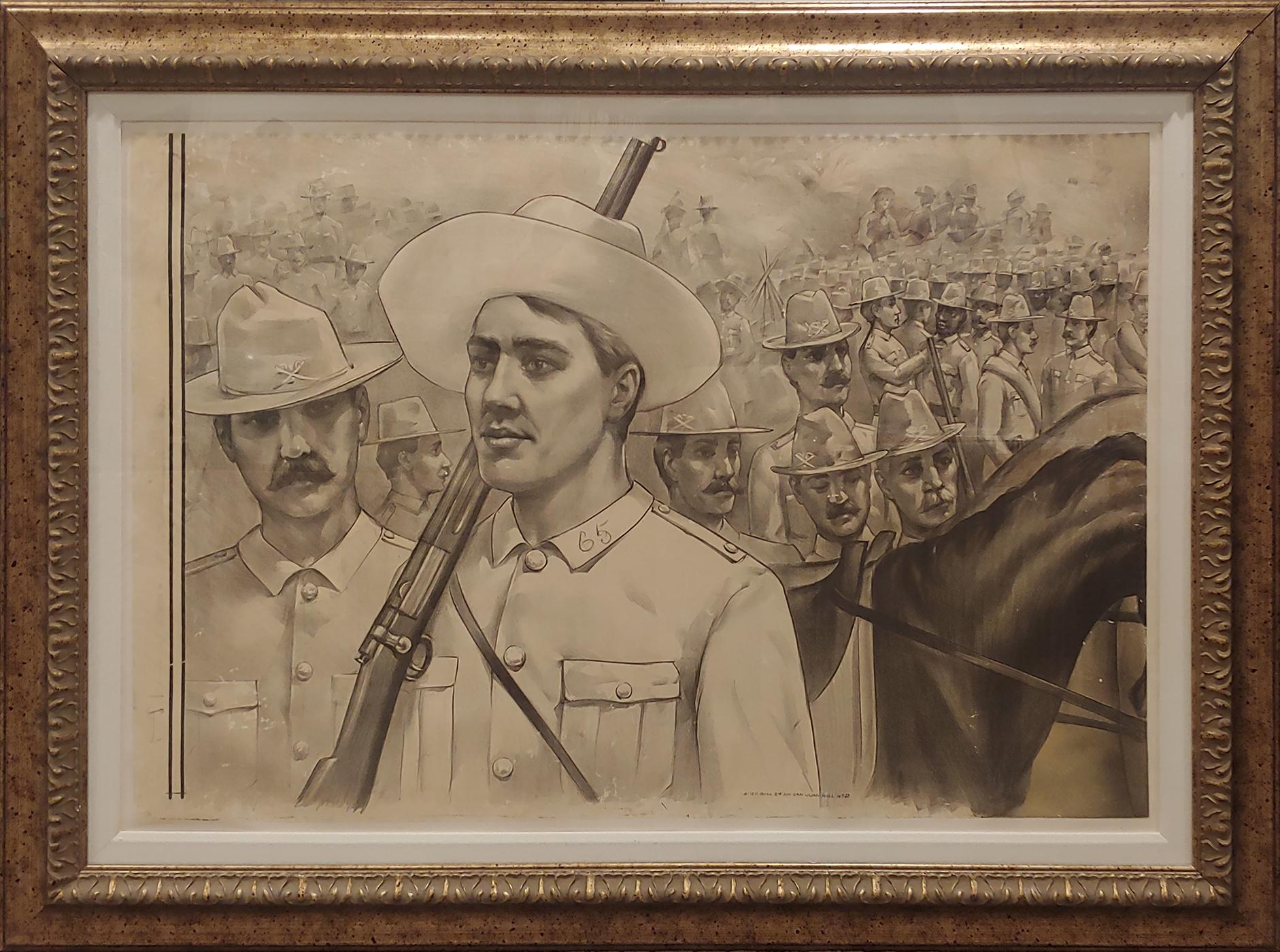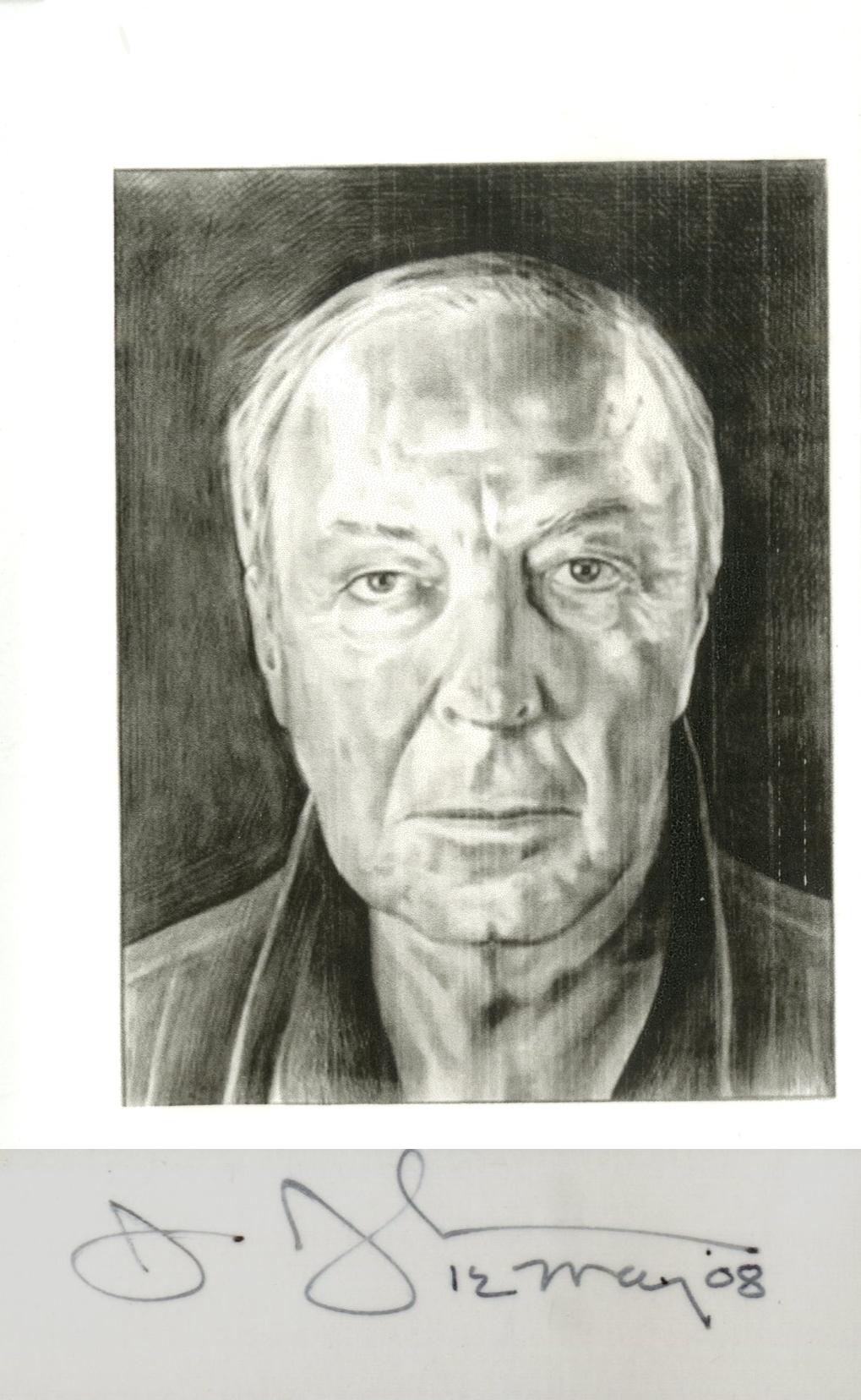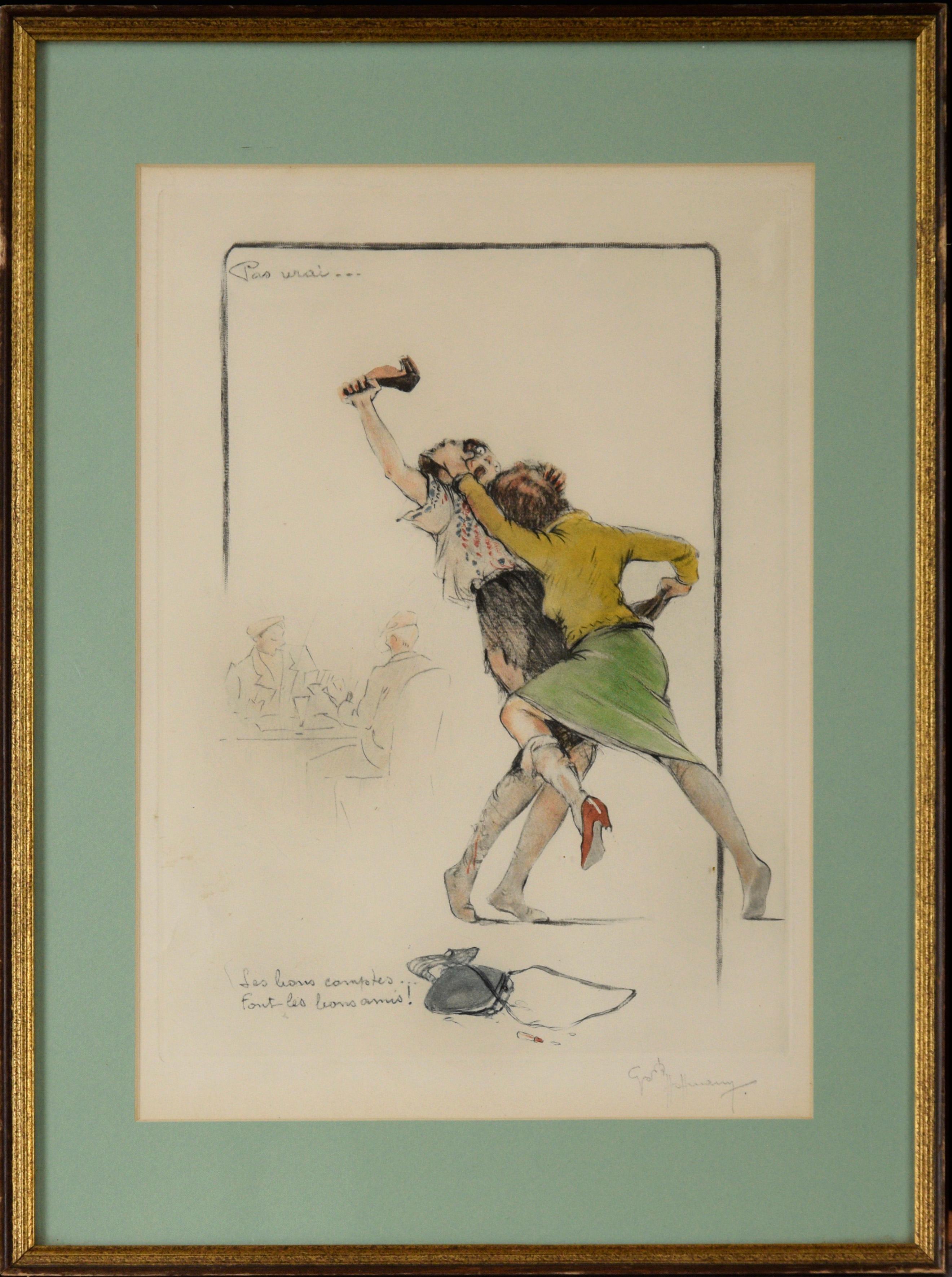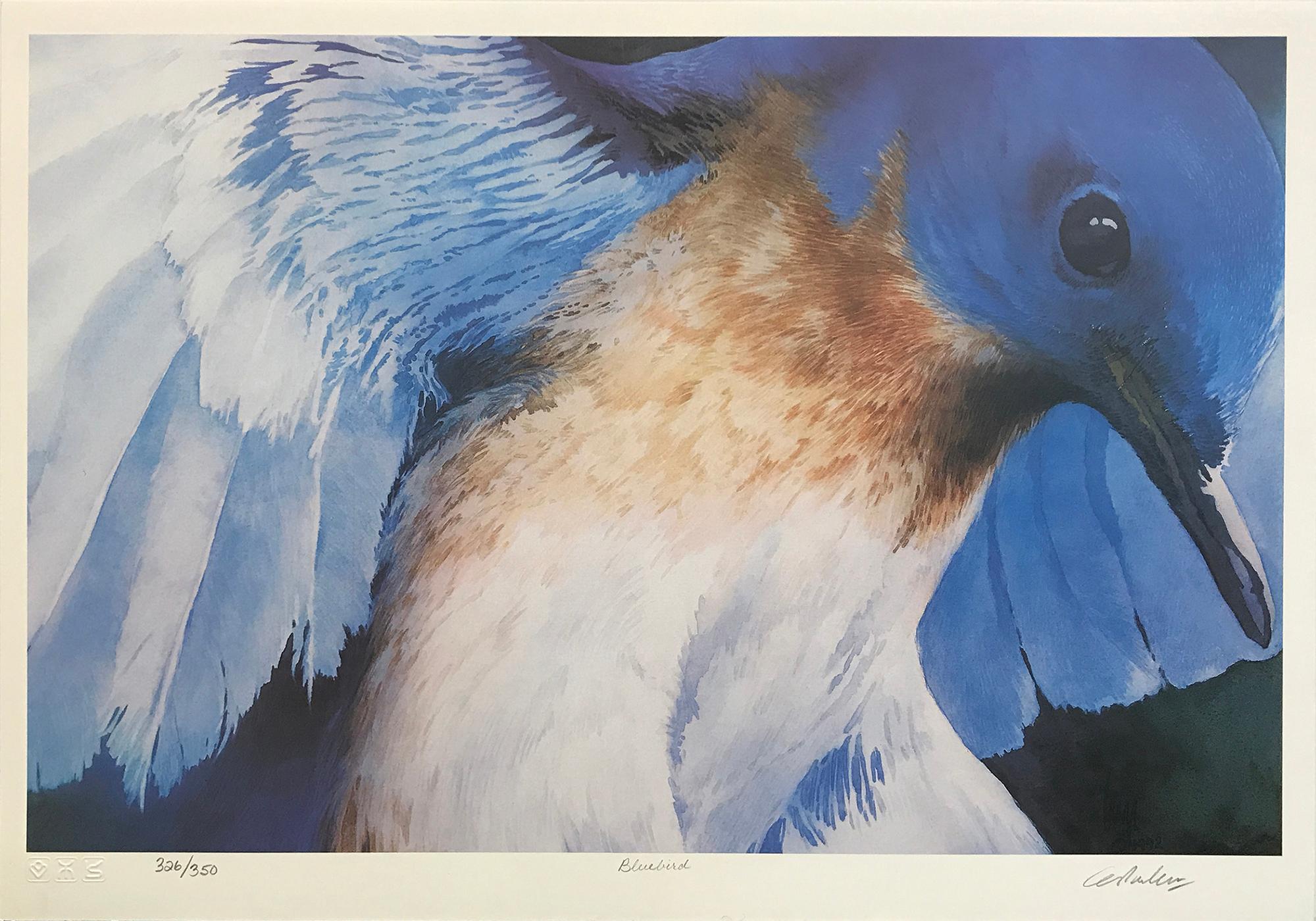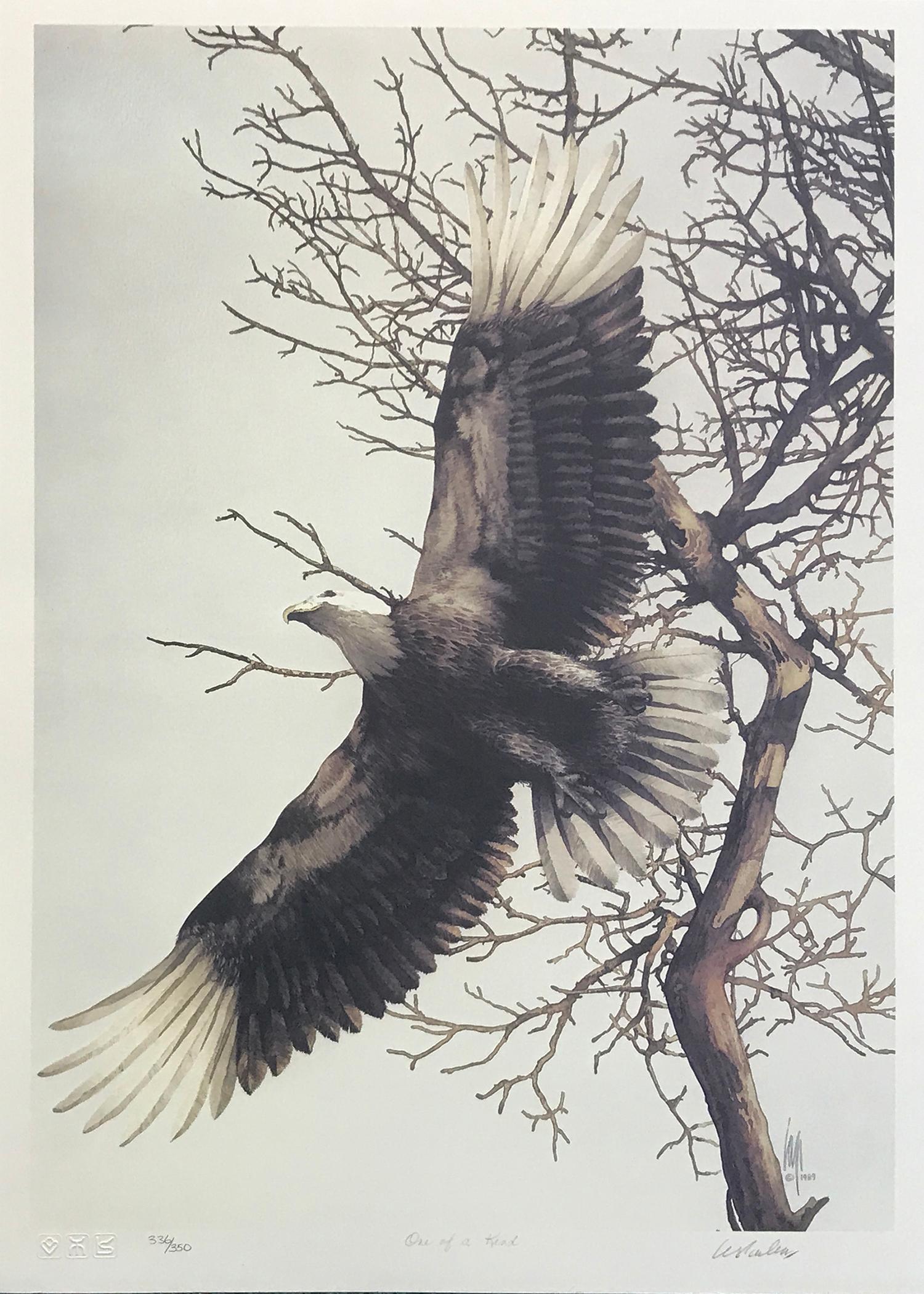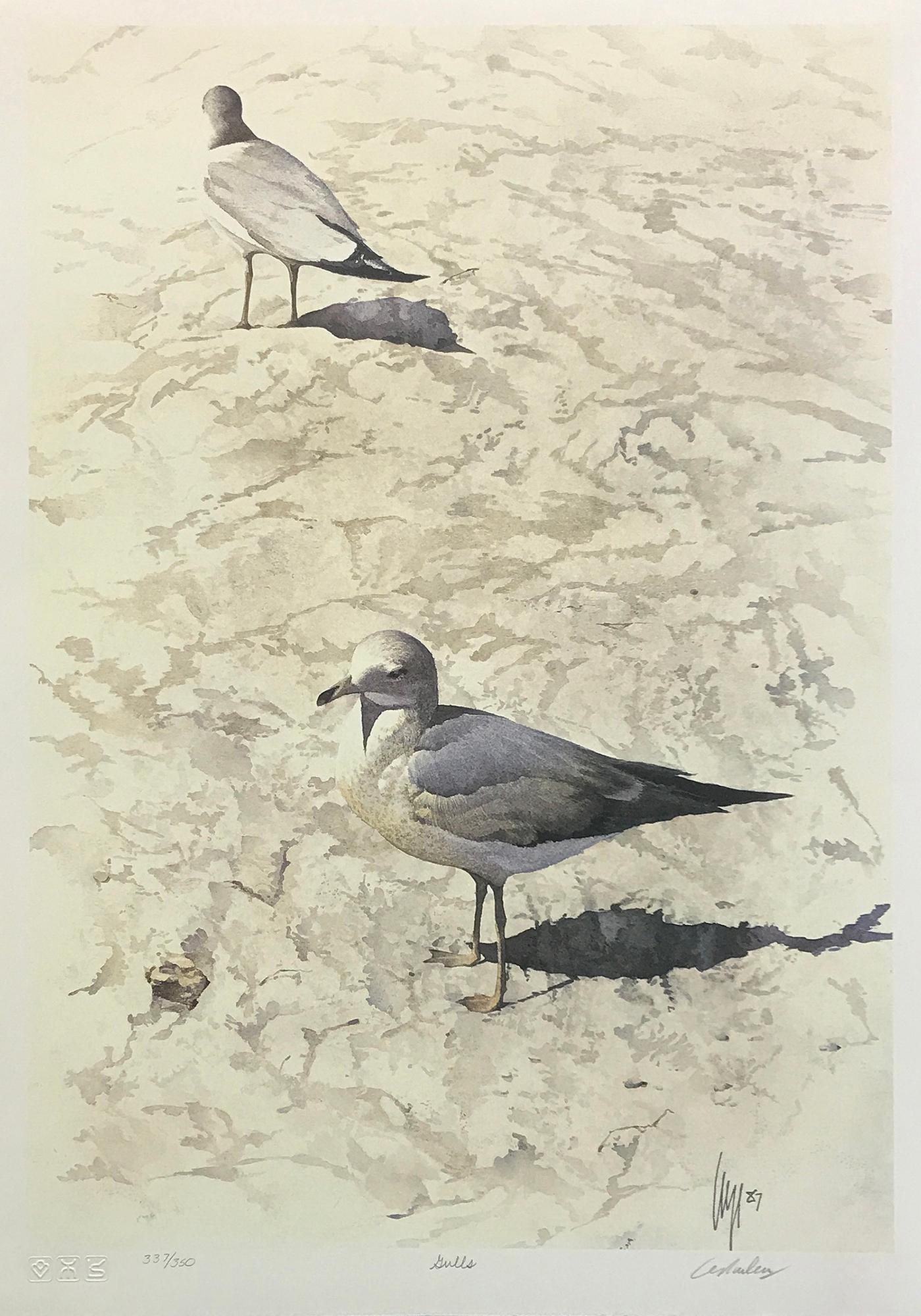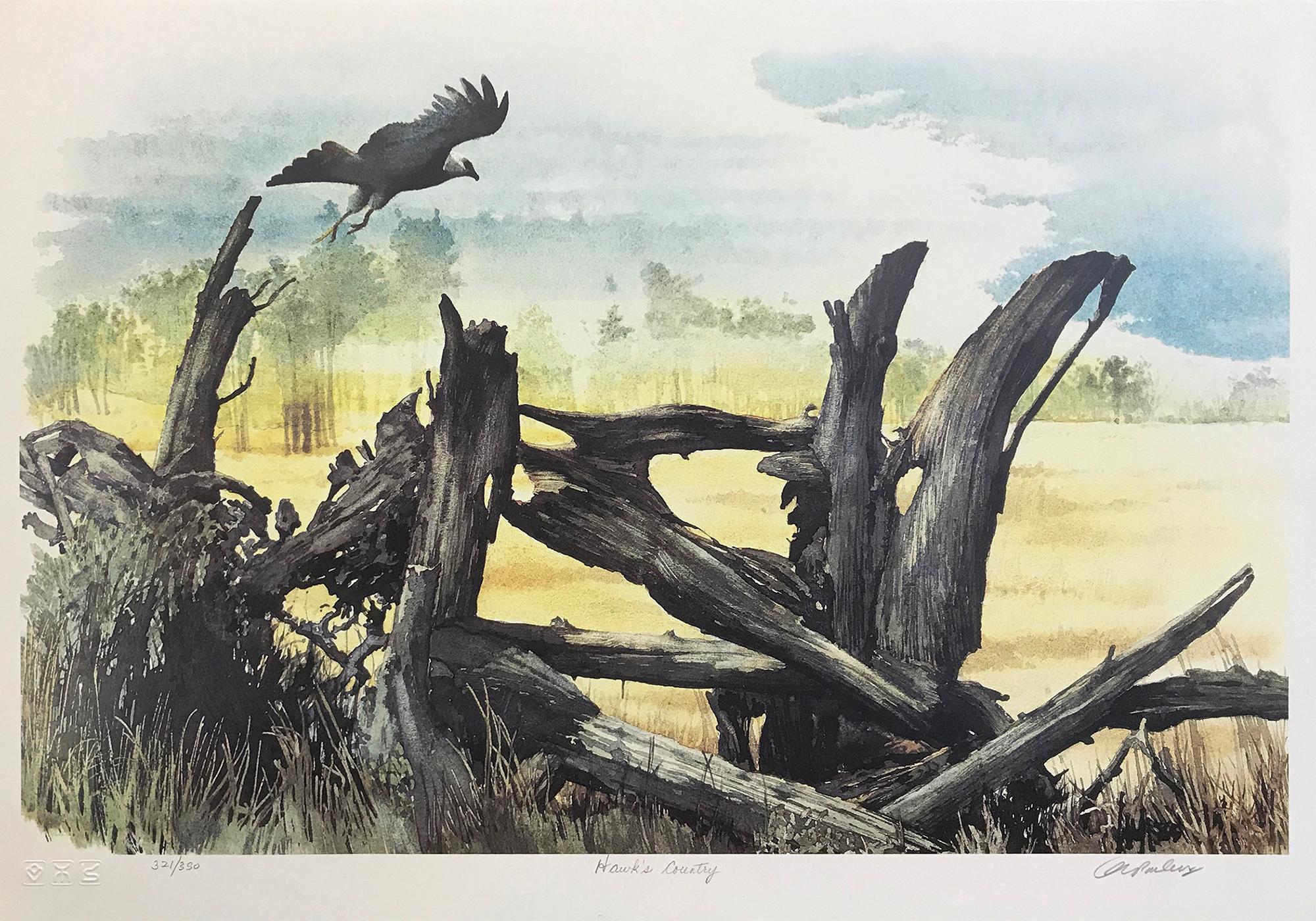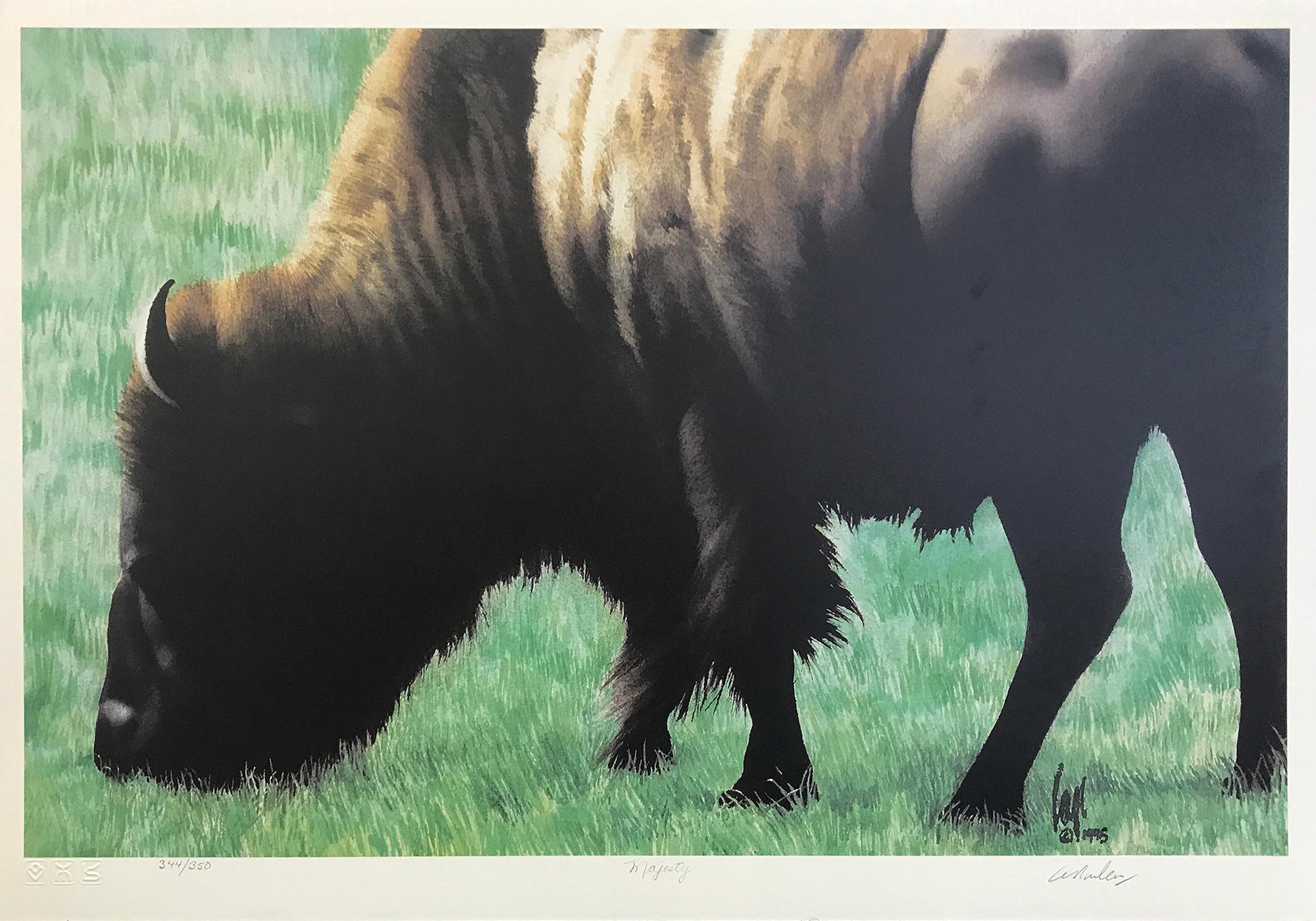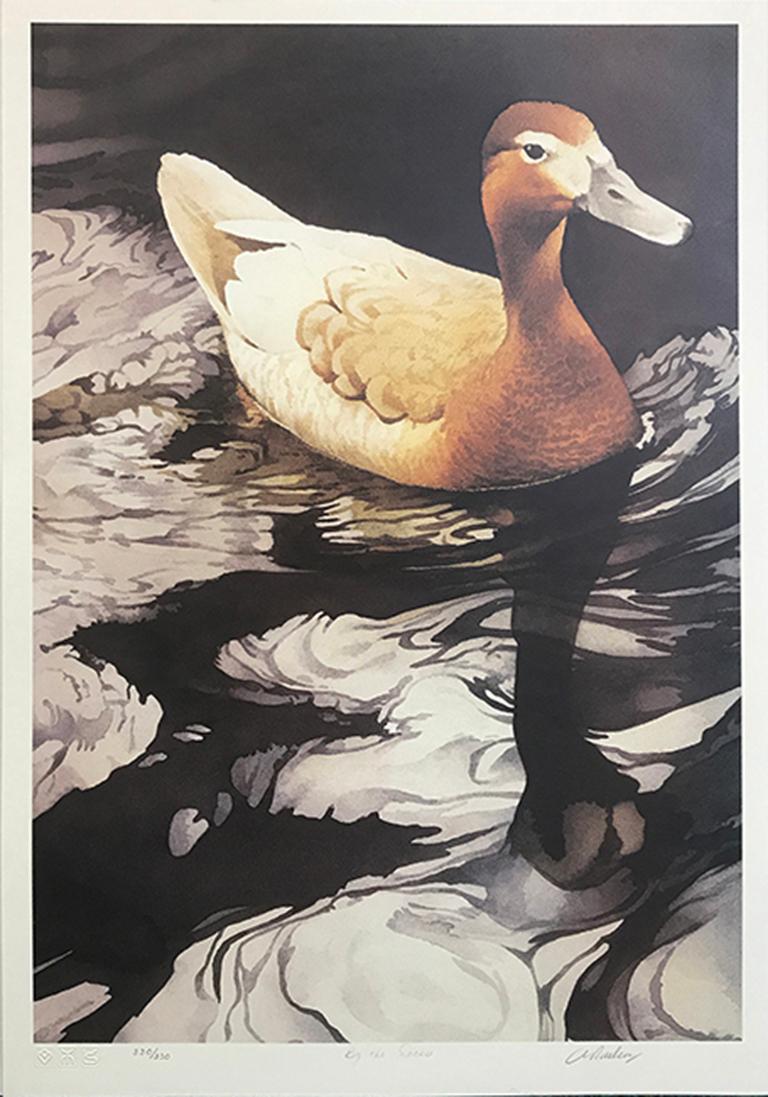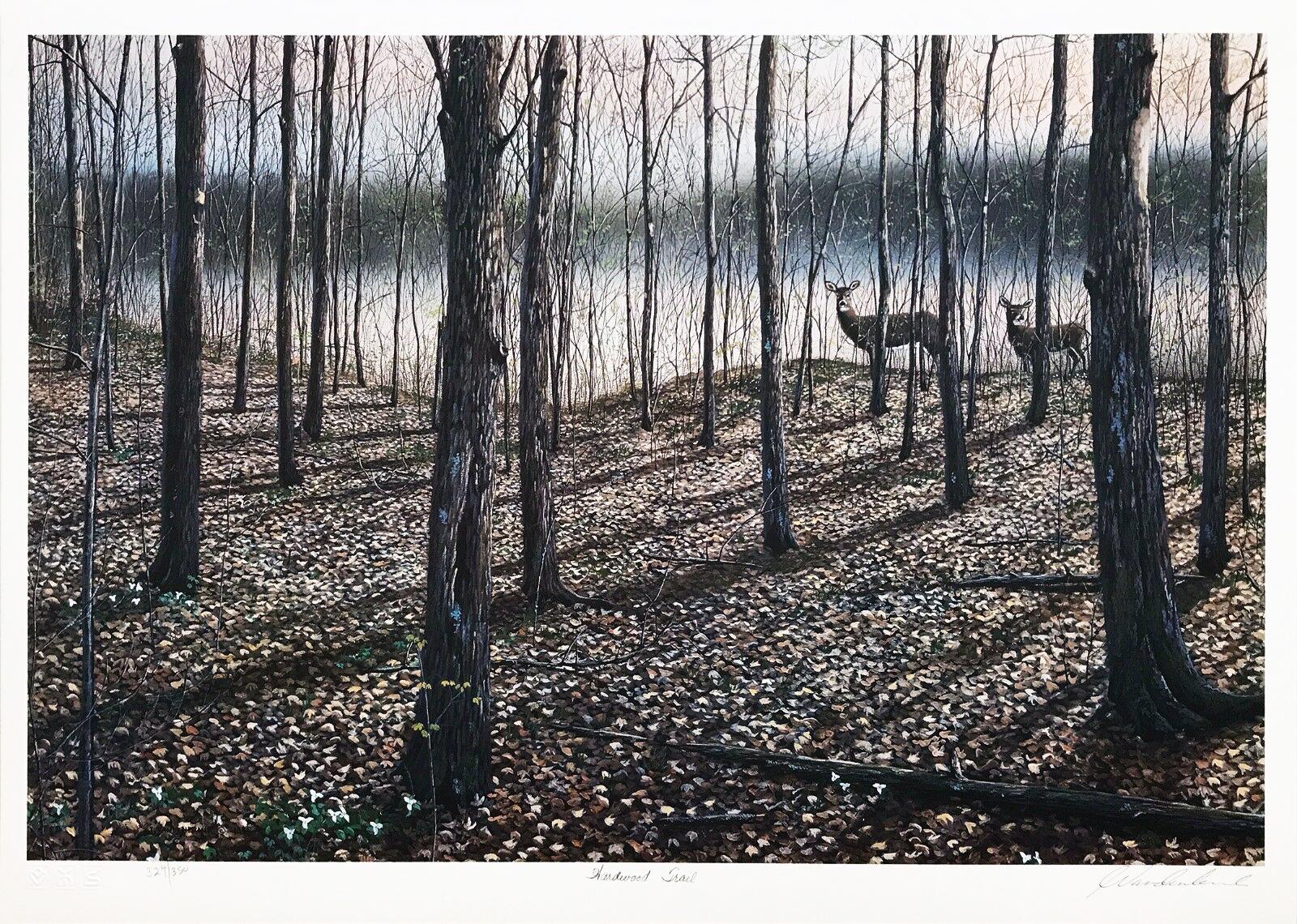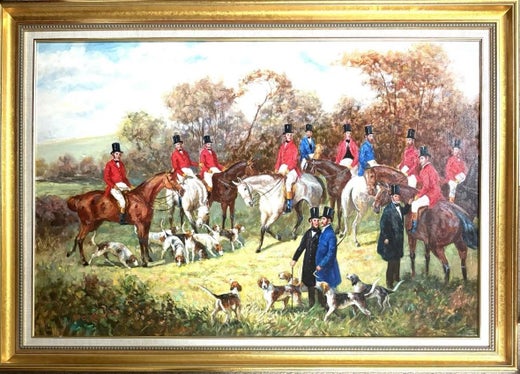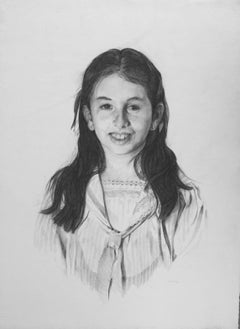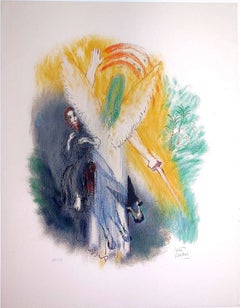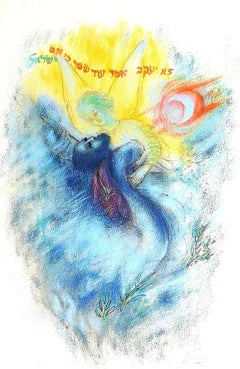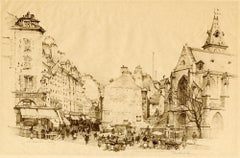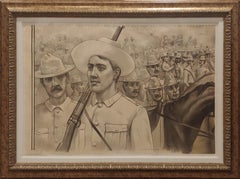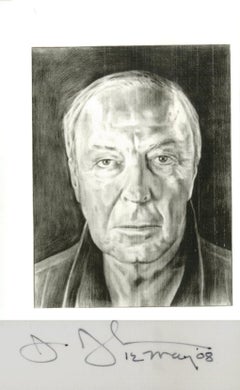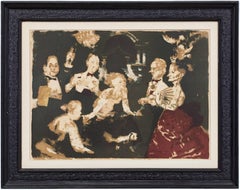
Dinner Party, Ed. 60 of 120
View Similar Items
Jack LevineDinner Party, Ed. 60 of 120Circa Mid - Late 1900's
Circa Mid - Late 1900's
About the Item
- Creator:Jack Levine (1915, American)
- Creation Year:Circa Mid - Late 1900's
- Dimensions:Height: 30 in (76.2 cm)Width: 37.75 in (95.89 cm)
- Medium:
- Movement & Style:
- Period:
- Condition:being sold without frame.
- Gallery Location:Surfside, FL
- Reference Number:Seller: 14691stDibs: LU3822279331
Jack Levine
Jack Levine was an American social realist painter and printmaker, born and raised in Boston. He enrolled in art classes at the Museum Fine Arts School of Boston and came under the influence of Dr. Denman Ross of Harvard University, who recognized his talent and gave him free art lessons. He was especially interested in the Old Masters, at the Fogg Museum, at Harvard. In 1935, he became a W.P.A. artist, using his experience growing up in a lower-class neighborhood, in his subject matter.
More From This Seller
View All20th Century Realist Figurative Prints
Paper, Color, Lithograph
20th Century Realist Figurative Prints
Charcoal
1970s Figurative Prints
Archival Paper, Lithograph
1970s Figurative Prints
Archival Paper, Lithograph
1970s Figurative Prints
Archival Paper, Lithograph
1990s Modern Figurative Prints
Archival Paper, Lithograph
You May Also Like
1960s Realist Nude Prints
Paper, Lithograph
Early 20th Century Realist Landscape Prints
Handmade Paper, Lithograph
1890s Realist Portrait Prints
Paper, Ink, Lithograph
Early 2000s Realist Portrait Prints
Ink, Postcard, Lithograph, Offset
Mid-20th Century Realist Figurative Paintings
Paper, Lithograph
Late 20th Century Realist Figurative Prints
Paper, Lithograph
